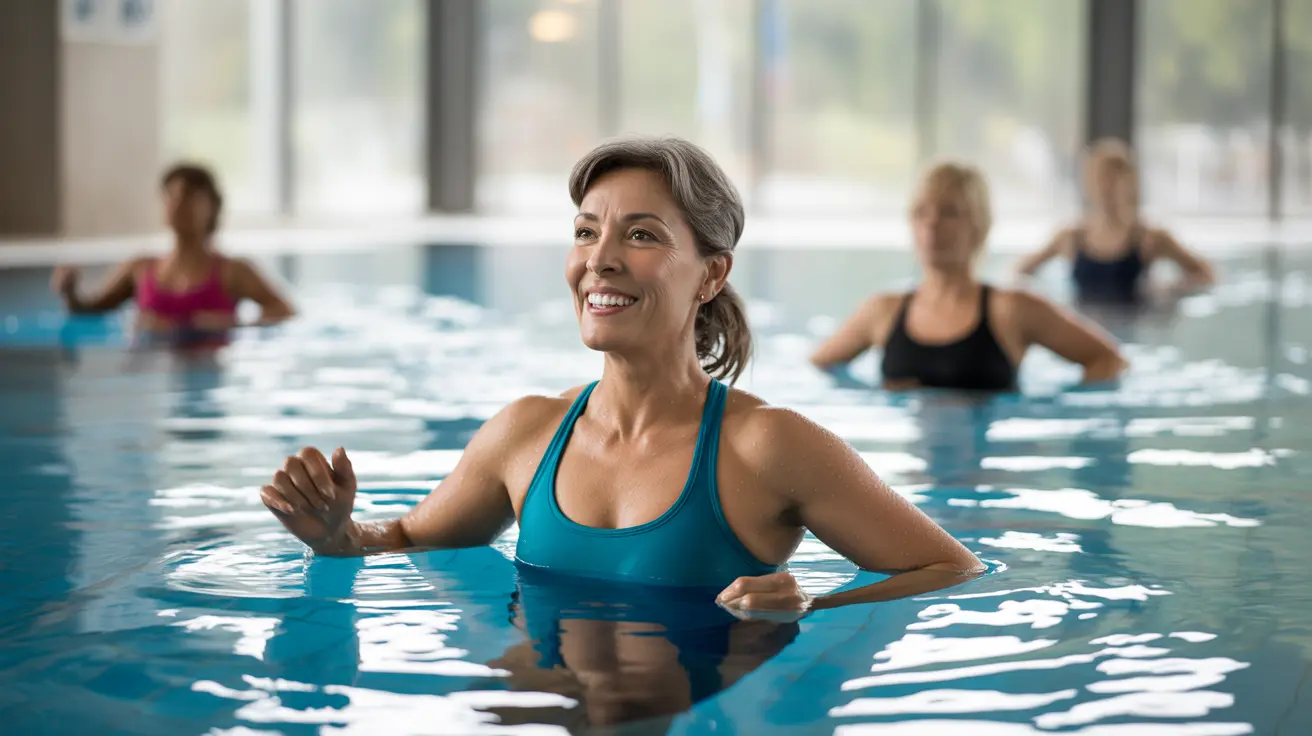Living with knee osteoarthritis can be challenging, but I've discovered numerous effective ways to manage symptoms and improve quality of life. Through a combination of lifestyle modifications, targeted exercises, and various treatment options, I've successfully reduced pain and enhanced mobility. In this article, I'll share my journey and evidence-based strategies that have proven beneficial in managing knee osteoarthritis.
Understanding Knee Osteoarthritis and Its Impact
Knee osteoarthritis occurs when the protective cartilage in the knee joint gradually wears down, leading to pain, stiffness, and reduced mobility. While it's a progressive condition, various management strategies can significantly improve symptoms and slow its advancement.
Lifestyle Modifications That Made a Difference
One of the most impactful changes I made was maintaining a healthy weight. Every pound lost reduces pressure on the knees by approximately four pounds, which significantly decreased my pain levels. I also modified my daily activities to reduce stress on my knees, such as using assistive devices when needed and avoiding high-impact activities.
Dietary Changes for Joint Health
I incorporated anti-inflammatory foods into my diet, including:
- Omega-3 rich fish like salmon and mackerel
- Colorful fruits and vegetables
- Nuts and seeds
- Green tea
- Turmeric and ginger
Exercise: The Game-Changer in My Journey
Regular, appropriate exercise proved crucial in managing my knee osteoarthritis. I focused on low-impact activities that strengthened the muscles around my knees without causing additional stress to the joints.
Most Effective Exercises
The following exercises yielded the best results:
- Water aerobics and swimming
- Stationary cycling
- Gentle yoga and stretching
- Targeted strength training
- Walking on even surfaces
Physical Therapy and Support Devices
Working with a physical therapist helped me develop a personalized exercise program and learn proper body mechanics. They also introduced me to helpful devices like knee braces and walking aids, which provided additional support during activities.
The Role of Knee Braces and Supports
I found that using appropriate knee braces during physical activities helped stabilize my knee joint and reduce pain. Different types of braces served different purposes, from simple sleeve-style supports to more structured unloading braces.
Alternative Therapies That Helped
Several complementary treatments contributed to my improvement:
- Acupuncture for pain relief
- Massage therapy to improve circulation
- Hot and cold therapy
- Hydrotherapy sessions
- Mind-body practices like meditation for pain management
Medical Interventions When Needed
While I focused primarily on natural management strategies, certain medical treatments proved beneficial at times. These included over-the-counter pain relievers, topical treatments, and occasional cortisone injections under medical supervision.
Frequently Asked Questions
Q: How did you manage to relieve pain and improve mobility from knee osteoarthritis without surgery?
A: I combined regular low-impact exercise, weight management, proper nutrition, and physical therapy. Using supportive devices like knee braces and maintaining proper body mechanics during daily activities also played crucial roles.
Q: What lifestyle changes and exercises are most effective for managing knee osteoarthritis symptoms?
A: The most effective changes included maintaining a healthy weight, following an anti-inflammatory diet, and engaging in low-impact exercises like swimming, cycling, and targeted strength training.
Q: Are knee braces and hydrotherapy helpful for reducing knee osteoarthritis pain?
A: Yes, both proved very helpful. Knee braces provided stability and support during activities, while hydrotherapy offered pain relief and improved mobility through gentle resistance exercises in water.
Q: What are the benefits and risks of common medications and injections for knee osteoarthritis?
A: Over-the-counter pain relievers and anti-inflammatory medications can provide temporary relief but may have side effects with long-term use. Cortisone injections can offer significant pain relief but should be used sparingly as frequent use may damage joint tissues.
Q: When should someone consider advanced treatments like knee replacement surgery or geniculate artery embolization?
A: Advanced treatments should be considered when conservative management fails to provide adequate relief, daily activities become severely limited, or pain significantly impacts quality of life despite trying other treatment options.




